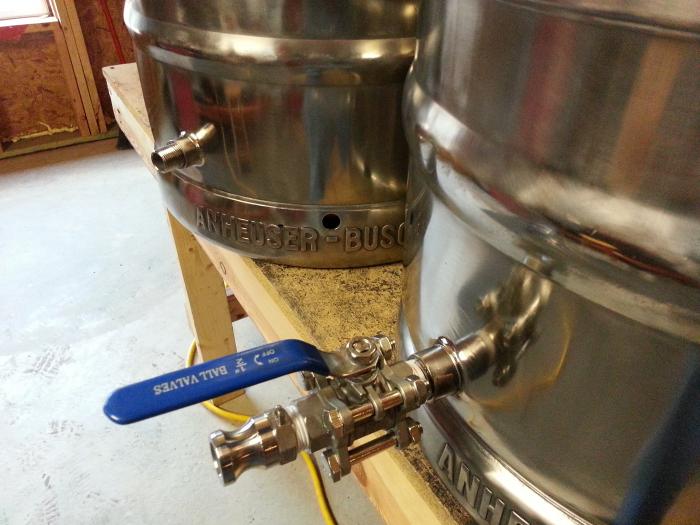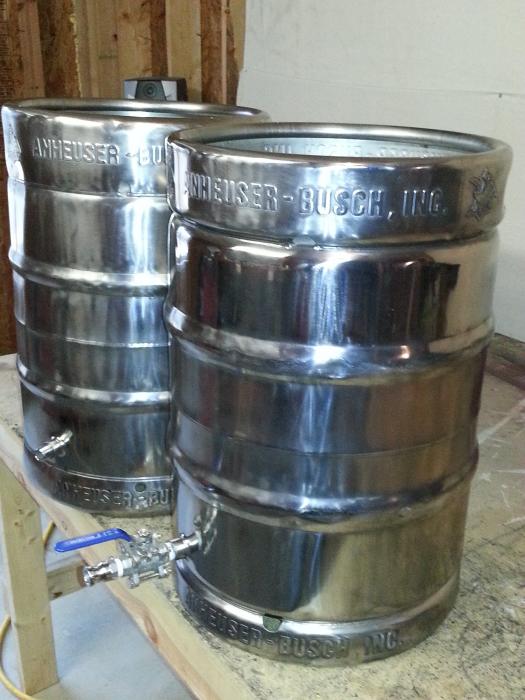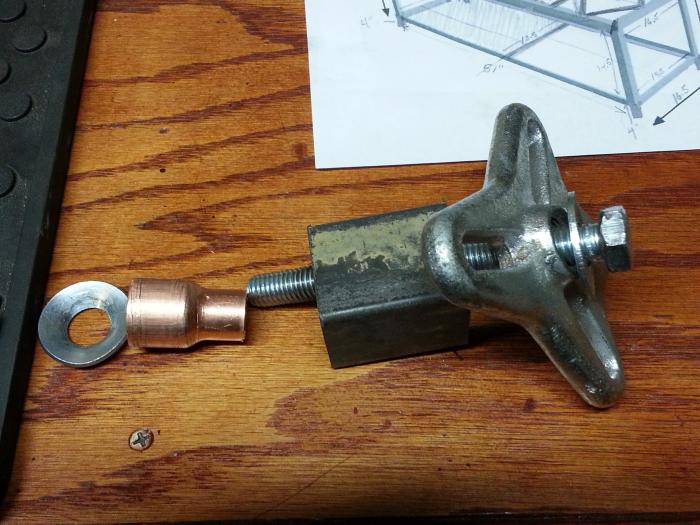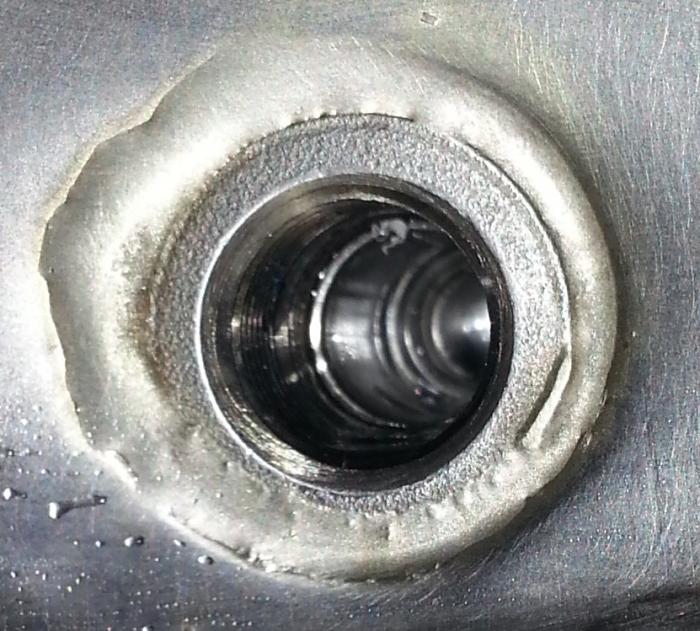I think most people are using just propane or mapp gas. I picked up a oxy/Mapp gas setup that uses disposable tanks. When I'm done ill use the oxygen regulator to oxygenate my wort.
I assume that brazing with oxy/mapp was easier than with propane..?
Stay brite's silver solder is pretty pricey due to shipping to Croatia so I get flux coated rods (56% silver, no cadmium), they are 2 mm (0.08") thick and it is tough to braze them just with propane.
I am thinking to buy oxy/propane set with disposable tanks. Reached temperature is not for iron welding but it should be good for silver soldering, cutting and bending.. Actually, I've seen welding an iron with this setup, but weld was porous and unclean due to propane dirtiness.










































![Craft A Brew - Safale S-04 Dry Yeast - Fermentis - English Ale Dry Yeast - For English and American Ales and Hard Apple Ciders - Ingredients for Home Brewing - Beer Making Supplies - [1 Pack]](https://m.media-amazon.com/images/I/41fVGNh6JfL._SL500_.jpg)






















